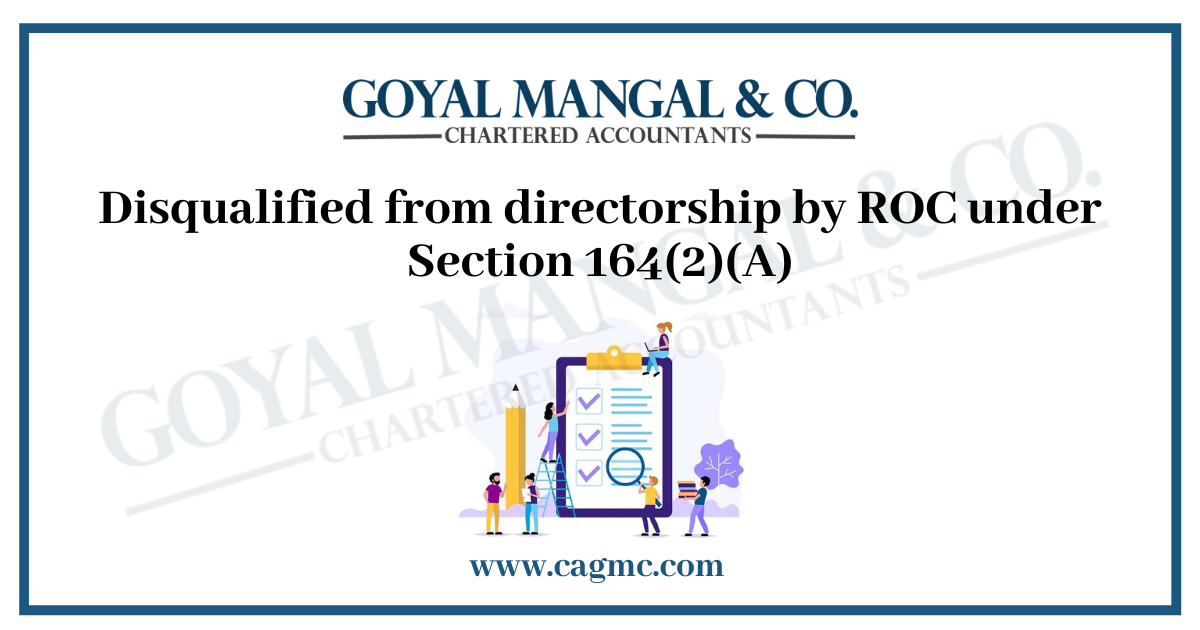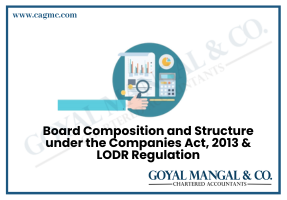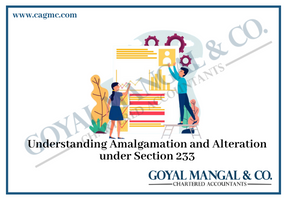
Director’s Identity Identification Number (DIN) is an ID number assigned by Central Government to persons who intend to become a new company director or existing director. All company directors must have a DIN. The Registrar of Companies (ROCs) may issue a director’s DIN under Section 164 (2) of the Companies Act, 2013. This article talks about the disqualification from directorship by ROC under Section 164(2) (A).
|
Table of Contents |
Directors’ disqualification under Section 164 (2)
When the ROCs disqualify a director, they will not be appointed as director of any company during the unqualified period. Section 164 (2) of the Act has a broad purpose. Includes a director under the terms of the withdrawal if there is a mistake made by the company in which the director held the director.
Section 164 (2) provides that a director may not be re-appointed as a director of a company or be appointed as a director of another company for five years from the date on which the director’s company fails to comply with the following:
- He did not complete annual returns or financial statements for a continuous period of three financial years
- Failed to pay any deposit received by it, pay interest on the deposit, repay the debt on the due date, pay the interest due on the debt or pay any dividend stated and the default or repayment lasts for one year or more.
In 2017, the various ROCs published a list of illegal companies and directors as per Section 164 (2) of the Act. The ROCs reviewed companies that failed to complete the annual financial statements and refunds from the 2014-2015 financial year when compiling a list of companies that violated the law and alerted unqualified directors.
What happens if a person is dismissed under 164(2) (a)?
In simple words, any person who fails to file financial statements i.e. e-Form AOC-4, or annual returns i.e. e-Form MGT-7 for a continuous period of three financial years will not be eligible for appointment as Director of that company or any other company for the next five years. For example, the list of unqualified directors for 2017 published in the Department’s portfolio, was dismissed directors from 2016 to 2020 for not completing the financial statements or the annual return of F.Y. 2013-14, 2014-15, and 2015-16. Similarly, the list published in 2018 was the directors terminated from 2017-2021 for not filling F.Y. 2014-15, 2015-16, and 2016-17. In most cases, we are responsible for customers completing e-Form AOC-4 or e-Form MGT-7. It should be noted that the word “or” has been used appropriately, failure to comply with AOC-4 or MGT-7 will also render the individual a disqualified Director under Section 164 (2) (a).
Consequences of disqualification of Directors
The DINs of all directors marked as unemployed due to Section 164 (2) disqualification by ROCs in 2017 are prohibited from being appointed as directors of any other company for five years. In terms of the Act, if a director is revoked under Section 164 (2) of the Act, he or she shall be eligible for re-appointment as director of the company after de-flagging the DIN disqualification by the MCA. The MCA will de-flag the disqualified DIN five years from the disqualification date.
Directors’ disqualification remedies
The Companies Act, 2013 does not provide any means to remedy the removal of DIN withdrawals. In the event of a DIN disqualification, the director may refer the case to the National Company Law Appellate Tribunal (NCLAT) and temporarily request a residency order. Under the Act, an order barring a director will not take effect until the next 30 days of the appeal.
As soon as the director starts a complaint before NCLAT, he will continue to be the director of a company that fails to pay for the next seven days. Within seven years, the director may file annual rebates to prevent the disqualification order. However, there is no process for re-appointing a disqualified director. A disqualified director may be reappointed five years from the date of disqualification.
The directors may also appeal to the Supreme Court to overturn the director’s dismissal. However, the different high courts have differing views on the removal of the disqualification of the director under Section 164 (2).
Final words
The only effective solution to DIN recovery would be to renew the strike-off company, and activate it.
In the early stages, some of the aggrieved companies took advantage of the opportunity to contribute to the Delay Scheme, 2018, others took the NCLT route and many of them were able to regain ‘Active’ status. It was then easy for the directors of these companies to process the dismissal of the director through the ROC’s office.
The problem lies with those companies that have not taken steps to rehabilitate themselves and their directors are still standing. As the withdrawal did not occur as a result of any personal misconduct of the director but began as a result of the company’s failure to comply with the rules, therefore, if the struck-off company is reinstated, then the director’s disqualification may be removed.
The Companies Act, 2013, has no steps to correct directors whose company does not wish to be renewed for any reason. They must face five years of exile, which will jeopardize their work.







